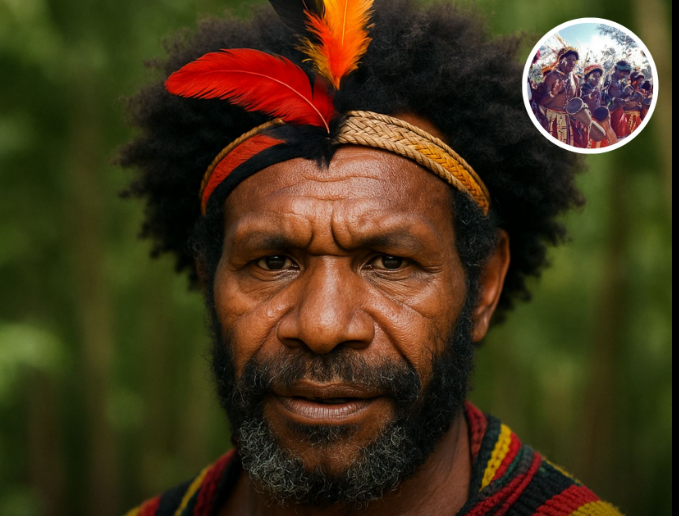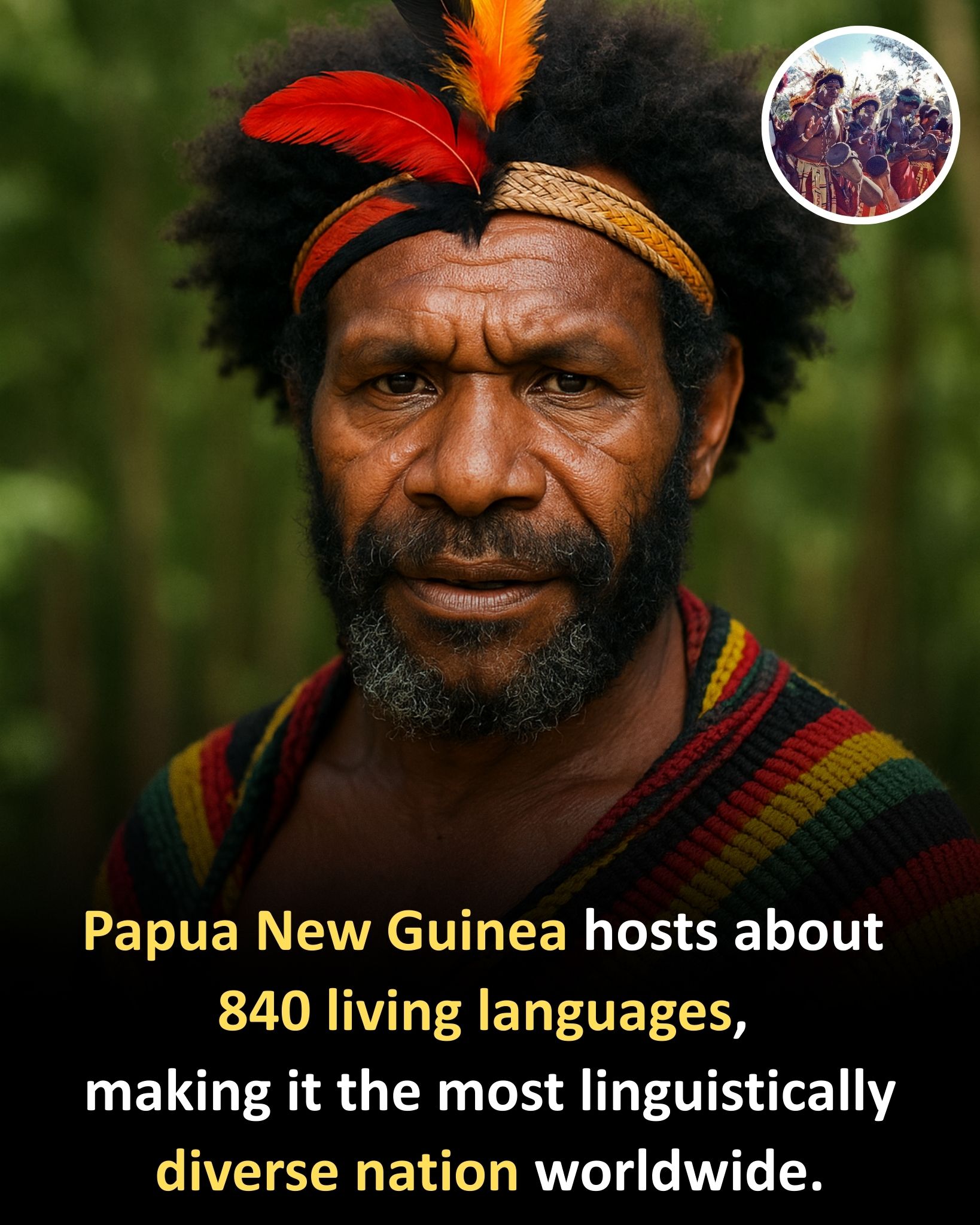Papua New Guinea: The World’s Linguistic Capital

Nestled in the heart of the Pacific, Papua New Guinea is often hailed as the world’s linguistic capital. Home to around 840 living languages, the country accounts for nearly 12% of all known languages spoken on Earth. This astonishing linguistic diversity is a direct result of the nation’s rugged terrain, dense rainforests, and isolated communities, which, over thousands of years, have developed independently, creating a rich tapestry of dialects. The languages spoken in Papua New Guinea belong to two primary groups: Austronesian and Papuan. Within these groups, hundreds of unique dialects add even more variety, making the country one of the most linguistically complex places on the planet. However, many of these languages are spoken by only a few thousand, or even a few hundred, people, which makes them critical to the cultural identity of their communities but also highly vulnerable to extinction.
The languages spoken in Papua New Guinea belong to two primary groups: Austronesian and Papuan. Within these groups, hundreds of unique dialects add even more variety, making the country one of the most linguistically complex places on the planet. However, many of these languages are spoken by only a few thousand, or even a few hundred, people, which makes them critical to the cultural identity of their communities but also highly vulnerable to extinction.
While Tok Pisin, English, and Hiri Motu serve as the official languages used in government and education, the majority of Papua New Guineans grow up speaking their local language first. These languages are far more than tools for communication — they are vessels for preserving oral histories, traditions, and knowledge that have been passed down through generations. In a country where language is so deeply intertwined with culture, each language tells a story of its people and their connection to the land, the community, and the world. Papua New Guinea’s linguistic diversity is not just a testament to its geographical isolation but also to the resilience of its people. Despite the encroachment of global languages and modernization, the local languages continue to thrive, safeguarding the traditions and wisdom of ancient cultures. For this reason, Papua New Guinea is not only geographically diverse but also stands as one of the world’s greatest cultural treasures, with each language offering a window into a unique way of life.
Papua New Guinea’s linguistic diversity is not just a testament to its geographical isolation but also to the resilience of its people. Despite the encroachment of global languages and modernization, the local languages continue to thrive, safeguarding the traditions and wisdom of ancient cultures. For this reason, Papua New Guinea is not only geographically diverse but also stands as one of the world’s greatest cultural treasures, with each language offering a window into a unique way of life.











